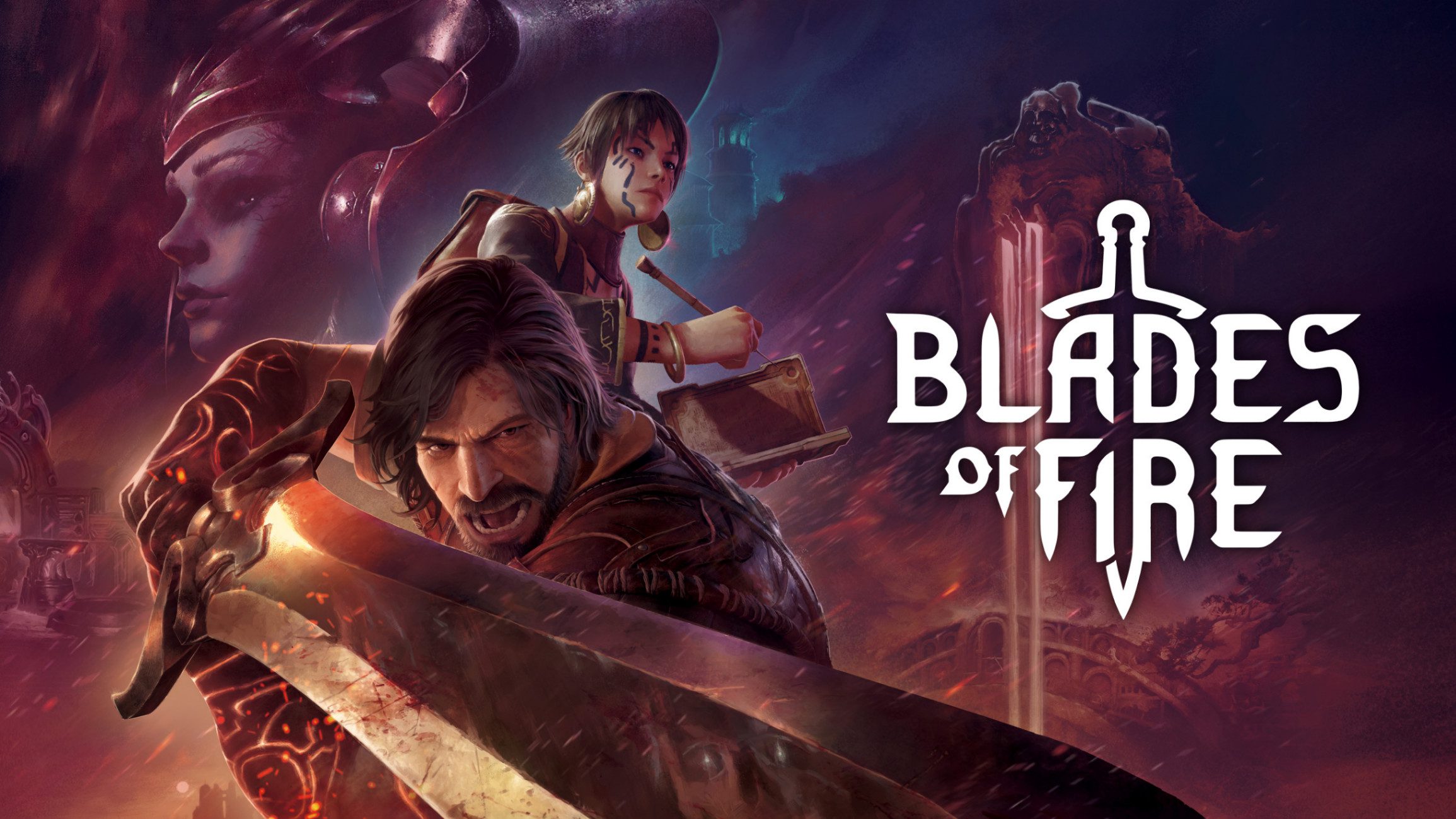Key Highlights
- Welcome to Blades of Fire, a challenging action-RPG where you forge your path to victory.
- Mastering the intricate combat system is crucial; it involves targeting specific body parts and managing stamina.
- The game features a deep crafting system where you forge and upgrade your own weapons, but be warned, they have durability and can break.
- Exploration is key, with a Metroidvania design that rewards you for finding hidden paths and secrets.
- Running beautifully on Xbox Series X, the game’s visuals and performance are a major highlight for players.
Introduction
Are you diving into Blades of Fire for the first time? Get ready for a punishing yet rewarding journey. This third-person action adventure game from developer MercurySteam throws you into a brutal fantasy world where your skill as a blacksmith is as important as your prowess in battle. If you’re a fan of challenging combat and deep crafting systems, you’ve come to the right place. This guide will provide the essential tips and tricks you need to survive and thrive in this epic adventure.
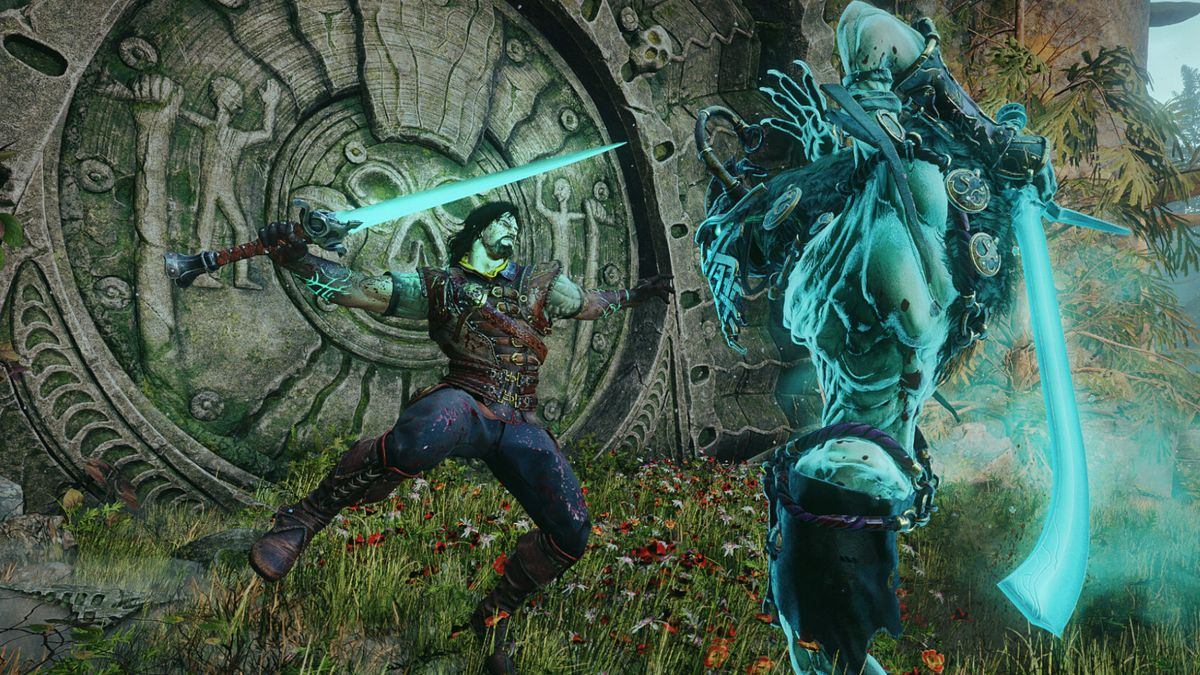
Getting Started with Blades of Fire
Jumping into Blades of Fire can feel overwhelming at first. The game looks and runs beautifully on the Xbox Series X, but it doesn’t hold your hand. You’ll quickly discover that its core gameplay loop revolves around combat, exploration, and a unique weapon-crafting system that sets it apart.
Your initial hours will be a test of patience as you get to grips with these mechanics. Don’t be discouraged by early defeats; they are part of the learning process. Let’s break down the essential gameplay mechanics and the story that drives your quest.
Overview of Gameplay Mechanics
The game’s combat system is both unique and demanding. Instead of generic attacks, you use your controller’s face buttons (Y, B, X, A on an Xbox controller) to target specific parts of an enemy: the head, body, and each arm. This forces you to adopt a strategic fighting style, as different enemy parts have varying levels of armor. You’ll see color indicators—green for full damage, yellow for light damage, and red for no damage—guiding your strikes.
Managing your stamina is a constant battle. Every swing, sprint, and dodge consumes energy. You can restore it by blocking, but your weapon can only take a few hits before your enemy breaks through. This creates a tense rhythm where you must carefully balance offense and defense. Mastering this system is the key to overcoming the many foes you’ll face.
As for playing with friends, Blades of Fire is designed as a single-player experience. You’ll be taking on this epic journey solo, so you’ll need to rely on your own skills and wit to survive. There is no co-op or multiplayer functionality available.
Understanding the Story and Setting
At its heart, Blades of Fire is a classic revenge story. You play as Aran de Lira, a blacksmith living in isolation. Your world is turned upside down when the forces of the tyrannical, newly crowned Queen Nerea bring tragedy to your doorstep. This event sets you on a perilous quest to reach the Royal Palace and put an end to her destructive reign.
The evil Queen Nerea has cast a curse upon the land, turning all steel weapons to stone. This makes her army nearly invincible. However, you possess a sacred hammer that allows you to forge weapons that can resist the curse, making you the realm’s last hope. You won’t be entirely alone, as a young scholar named Adso joins you, providing knowledge and occasional commentary on your journey.
This compelling setup drives the narrative of the action adventure game, giving you a powerful motivation to push through its most challenging encounters. Your quest to dethrone the queen will take you across a vast, interconnected world full of secrets, dangers, and opportunities to grow stronger.
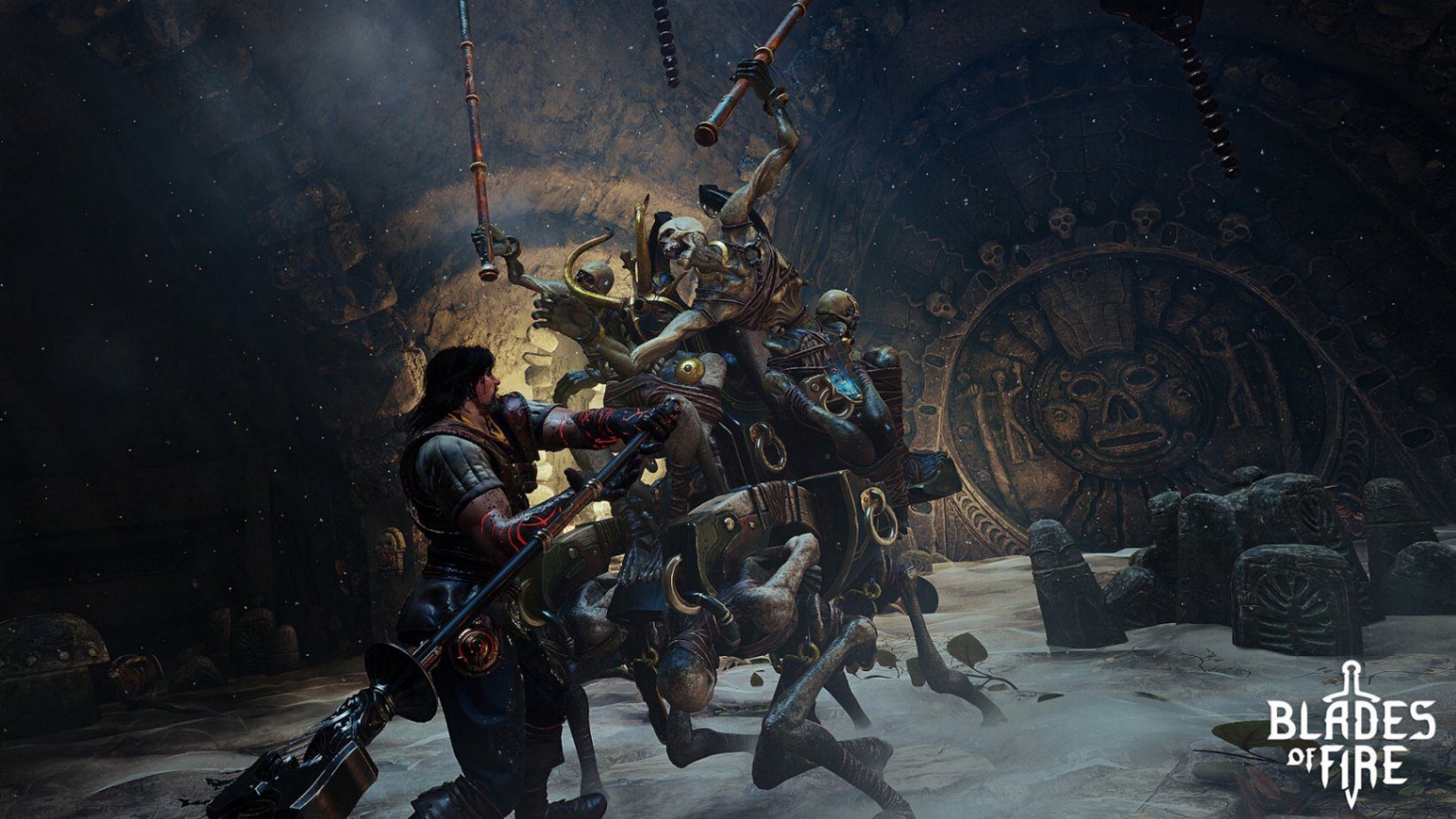
Choosing Your Character and Class
In Blades of Fire, you don’t choose from a list of pre-made characters; you are Aran de Lira, the warrior blacksmith. While some lore might hint at his lineage, perhaps as the firstborn of the king, your customization comes from your chosen weapon family. Your playstyle is not defined by a class but by the weapons you choose to craft and wield.
This means your “class” is fluid and can be changed at any forge. Are you a swift fighter who relies on daggers, or do you prefer the brute force of a heavy polearm? The choice is yours, and adapting your arsenal to the challenges ahead is a core part of the experience.
Key Differences Between Classes
Your fighting style in Blades of Fire is defined by the different weapon families you master. Each weapon type has its own unique attack style, speed, and damage properties, making them effective in different situations. For example, bladed weapons like swords are great for slashing damage but can become dull, while blunt weapons like hammers excel at crushing armor.
Weapons like spears offer excellent range with piercing attacks, while dual-wielded daggers are fast but require you to get up close. Heavier weapons like axes and polearms can deal massive damage and have high penetration, but they are slow and consume a lot of stamina. Understanding these differences is crucial for creating a versatile loadout.
Here is a breakdown of some common weapon types to help you choose:
|
Weapon Family |
Primary Damage |
Speed |
Key Advantage |
|---|---|---|---|
|
Swords/Claymores |
Slashing |
Medium |
Balanced performance, good against unarmored foes. |
|
Axes/Hammers |
Bludgeoning |
Slow |
High damage, great for breaking heavy armor. |
|
Spears/Polearms |
Piercing |
Medium |
Excellent range, keeps enemies at a distance. |
|
Daggers |
Slashing/Piercing |
Fast |
Quick attacks, allows for a nimble fighting style. |
Tips for Effective Character Selection
Since you always play as Aran, effective “character selection” is all about your choice of weapon. Your main goal should be to build a versatile arsenal. Don’t stick to just one weapon type, as you’ll encounter enemies that are resistant to your favorite. Experiment with different weapons to see what feels best for you. As Kate Gray of GAMINGbible notes, the game’s design “broke me out of my combat comfort zone,” forcing players to learn multiple weapon types.
A crucial tip is to always have a blunt weapon (like a hammer or polearm) and a bladed weapon in your loadout. Blunt weapons are essential for dealing with heavily armored foes, while bladed weapons are often faster and better for unarmored enemies. Pay attention to your weapon’s severance capability, as landing a fatal heavy attack can mutilate enemies for a gruesome finish.
So, what are the best ways to level up quickly? Blades of Fire doesn’t have a traditional leveling system. Instead, you “level up” by:
- Improving Forging Skills: The better you get at the forging minigame, the more durable your weapons will be.
- Unlocking Blueprints: Defeat new enemy types to unlock the ability to craft their weapons.
- Finding Upgrades: Explore thoroughly to find items that increase your health, stamina, and healing flasks.
- Enhancing Weapons: Use rare materials to make your weapons more legendary and powerful.
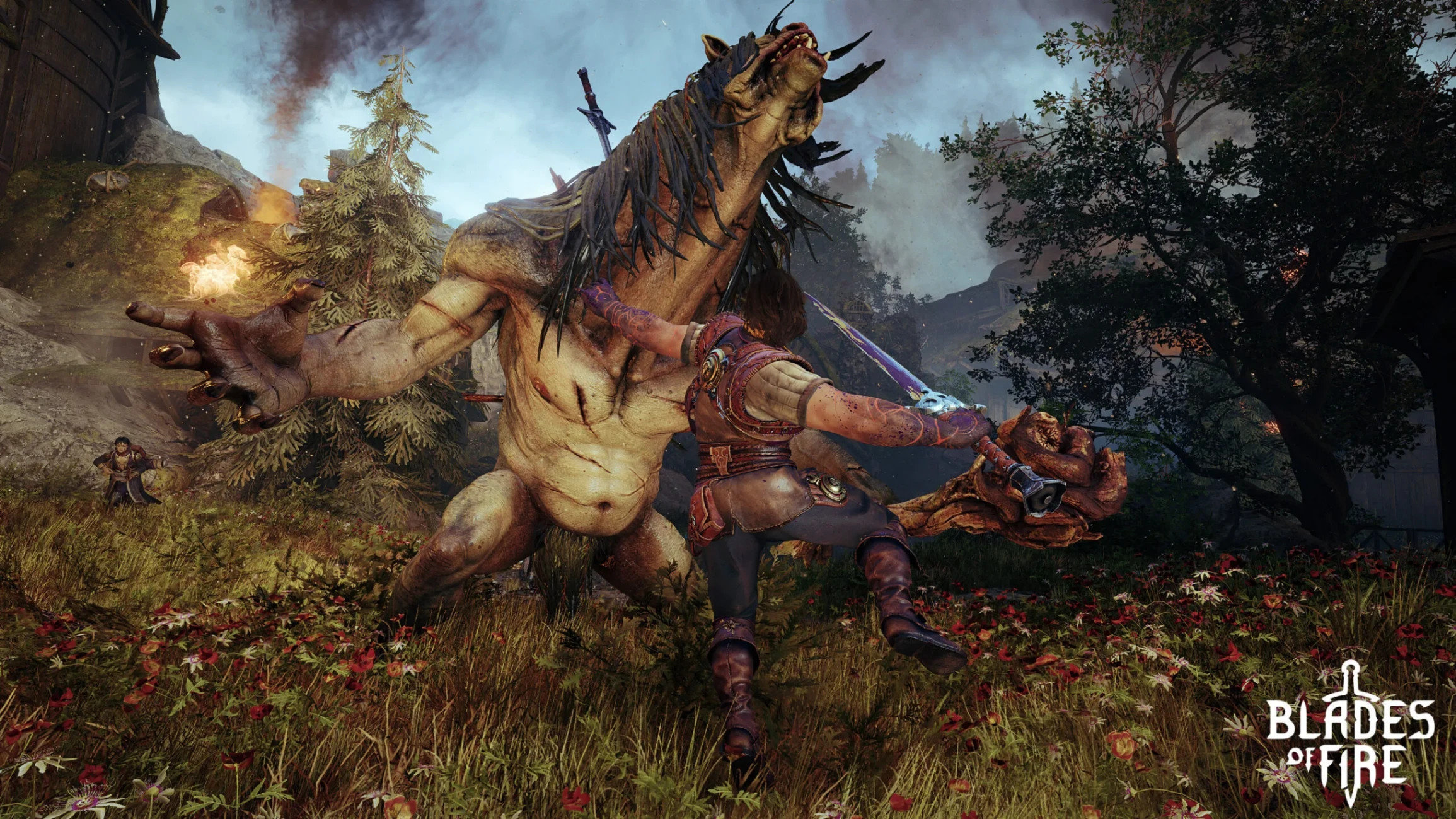
Core Combat Strategies for Beginners
The challenging combat system in Blades of Fire will test your patience and skill. Whether you’re playing on Xbox or another platform, the fundamentals are the same: manage your stamina, master the dodge, and know when to strike. Rushing in blindly will almost always lead to a quick death and a lost weapon.
Success in combat requires a methodical approach. You need to learn enemy attack patterns and identify their weak points. The following sections will cover the basic offensive and defensive maneuvers you need to master to survive your first few hours in the game.
Basic Attack Combos to Master
While Blades of Fire doesn’t have complex, pre-set combos, understanding how to string attacks together is vital. Your basic attacks are tied to the face buttons, each corresponding to a different body part. The most effective “combos” involve quickly switching your targets to exploit an enemy’s openings. For instance, if an enemy blocks a headshot, immediately follow up with an attack to their unguarded arm or body.
Each weapon has its own unique attack style. A spear’s thrust is very different from a sword’s slash. Spend time learning the rhythm and range of each weapon you craft. A charged heavy attack is your most powerful move. It deals massive damage and can mutilate enemies, but it leaves you vulnerable while charging. Time it carefully for when an enemy is staggered or finishing a long attack animation.
To get started, focus on these simple patterns:
- Probe and Punish: Use a quick, light attack to test an enemy’s defense, then follow up with strikes to an open area.
- Dodge and Strike: Dodge an enemy attack and immediately counter with a quick one-two hit before retreating.
- Parry and Pounce: After a successful parry, you have a small window to land a powerful strike or even a heavy attack.
- Directional Flow: Alternate between left and right strikes (X and B on Xbox) for a continuous, albeit simple, offensive flow.
How to Defend and Counter Enemy Moves
Defense is just as important as offense in this game. You don’t have a dedicated shield, so you’ll block with your weapon. This can deflect a few hits but will drain your stamina and damage your weapon’s durability, so use it sparingly. Your primary defensive tool is the dodge. A single tap lets you sidestep, while a double-tap initiates a more evasive dodge roll. Learning the timing to perfectly dodge through attacks is a critical skill.
The most rewarding defensive move is the parry. Timing a block just as an enemy’s attack is about to land will stagger them, opening them up for a devastating counter-attack. This is the best way to create openings against aggressive foes. Practice your parry timing on weaker enemies to get a feel for it.
When you go on the offensive, remember to target specific body parts of the enemy. To execute your defensive strategy effectively:
- Observe Patterns: Watch an enemy’s movements to learn their attack patterns before you engage.
- Prioritize the Parry: Against predictable attacks, a parry is often safer and more effective than trying to dodge.
- Use the Dodge Roll for Space: When you need to heal or reposition, use the dodge roll to create distance.
- Block as a Last Resort: Only use your weapon to block when you can’t dodge or parry in time.

Weapons, Upgrades, and Crafting Essentials
Crafting is the soul of Blades of Fire. You are a blacksmith, and forging your own weapons is a central mechanic. You’ll constantly need new weapons as their durability decreases with every hit. A weapon’s initial quality, including its edge quality, is determined by your skill in a forging minigame.
Becoming a master forger involves more than just crafting; it’s also about upgrades. By finding rare materials and special forge scrolls, you can enhance your creations, making them more powerful and resilient. This system provides a satisfying loop of fighting, collecting, and creating.
Finding and Collecting Rare Materials
To craft the best weapons, you need the best ingredients. Rare materials are scattered throughout the world, often hidden in secret areas or dropped by powerful enemies. Exploration is essential; if you see a path that looks suspicious, it probably leads to something valuable. Improving your forging skills isn’t just about the minigame; it’s also about knowing where to look for these precious resources.
As you progress, you’ll gain the ability to decipher an ancient forger language with the help of your companion, Adso. This skill is crucial for reading unique forge scrolls you find on your journey. These scrolls unlock new weapon customization options and recipes, allowing you to craft even more powerful and specialized gear.
Keep these tips in mind as you hunt for materials:
- Defeat Every Enemy: Killing a certain number of a specific enemy type unlocks their weapon blueprint.
- Explore Off the Beaten Path: The most valuable materials are often tucked away in hard-to-reach places.
- Look for Special Chests: Ornate chests usually contain upgrade items or rare crafting components.
- Revisit Old Areas: As you unlock new abilities, you may be able to access previously unreachable spots in earlier levels.
Best Practices for Weapon Upgrades
Once you’ve forged your own weapons, the next step is to upgrade them. The forge allows you to customize various parts of a weapon, like the head, handle, and pommel. These choices affect damage, weight, balance, and durability. This system creates near infinite weapon combinations, allowing you to tailor each tool to your exact specifications.
A key factor to manage is durability. The better you perform in the forging minigame, the more times you can repair a weapon before it breaks permanently. When a weapon’s edge dulls in combat, you can sharpen it, but this consumes one of its repair charges. To become a true master forger, you must balance the use of rare materials for a powerful initial craft with the need for materials for future repairs.
Follow these best practices for weapon management:
- Don’t Get Too Attached: Weapons will break. Accept this and see it as an opportunity to try something new.
- Save Rare Materials: Don’t use your rarest materials on a weapon until you’re confident in your forging ability to maximize its repair charges.
- Forge for the Fight: Craft weapons specifically designed to counter the enemies in the area you’re about to enter.
- Sell Renowned Weapons: After using a weapon to defeat many enemies, it can be sold to a special character for a high price and rare resources.
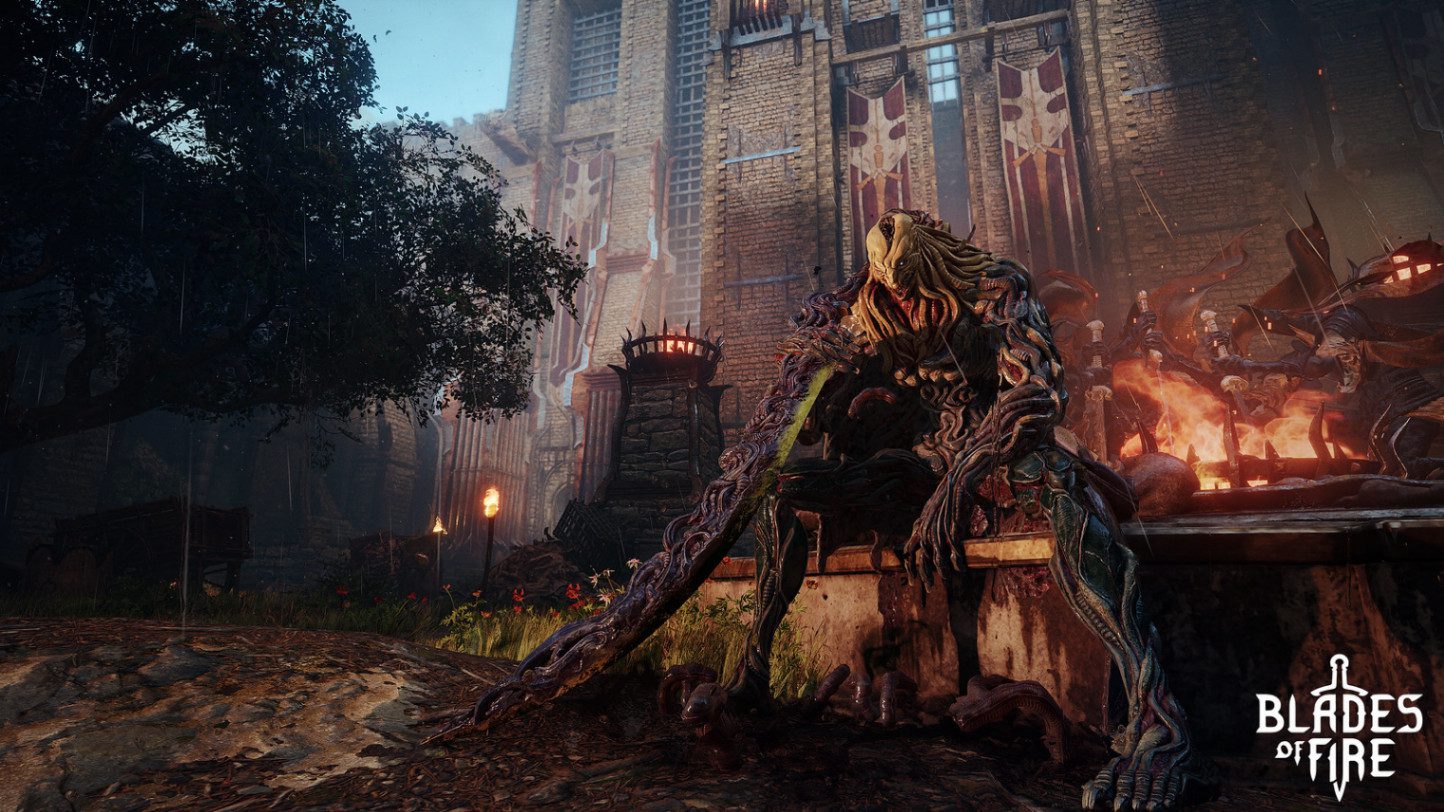
Managing Resources and Inventory
As you collect rare materials and craft an arsenal of weapons, your inventory will quickly fill up. Effective management is key to ensuring you’re always prepared for the next challenge. Your active loadout can hold four weapons, so you need to be strategic about what you carry with you from the forge.
A cluttered inventory can slow you down, both in the menus and on the battlefield. Keeping things organized and knowing what to keep, what to use, and what to sell will make your adventure much smoother. Let’s look at how to optimize your setup for maximum efficiency.
How to Optimize Your Loadout
To optimize your loadout, you need a balanced selection of weapons. Carrying four swords is a bad idea, as you’ll be helpless against enemies with heavy armor. A good starting point is to equip weapons from different weapon families to cover various damage types: slashing, bludgeoning, and piercing.
A well-rounded loadout might include a heavy polearm for armored brutes, a quick sword for faster enemies, a spear for range, and a fourth weapon of your choice for experimentation. Pay attention to the enemies in your current area and adjust your loadout at an anvil before heading into a tough fight. Don’t be afraid to fast travel back to the forge to create the perfect tool for the job.
Here’s how to build a better loadout:
- Cover Your Bases: Always carry at least one bladed and one blunt weapon.
- Consider Speed vs. Power: Balance slow, powerful weapons with fast, weaker ones.
- Weapon for the Job: If you know you’re facing flying enemies, a weapon with good vertical reach is a smart choice.
- Experiment Freely: The four slots allow you to carry a trusted favorite while also trying out a newly crafted weapon.
Inventory Management Tips for Efficiency
Good inventory management is about efficiency. Whether you’re playing on console or Windows PC, the principles are the same. Your inventory holds all your crafting resources, upgrade items, and spare weapons. It can get messy quickly, so take a moment to organize it whenever you’re at a forge or anvil.
Don’t hoard everything. If a weapon’s durability is completely gone and it’s not particularly special, dismantle it for parts or sell it. Consumable items and crafting materials are the most important things to keep track of. A clean inventory means you can quickly find the resources you need at the forge without scrolling through pages of junk.
Here are some tips for keeping your inventory tidy:
- Dismantle Broken Weapons: Once a weapon is permanently broken, recycle it to get some materials back.
- Sell High-Renown Weapons: Instead of dismantling a well-used weapon, sell it to Glinda the Master Forger for better rewards.
- Stay Organized: When at the forge, take a moment to review your materials so you know what you’re short on.
- Don’t Over-Craft: Avoid crafting multiple copies of the same weapon unless you absolutely need backups.
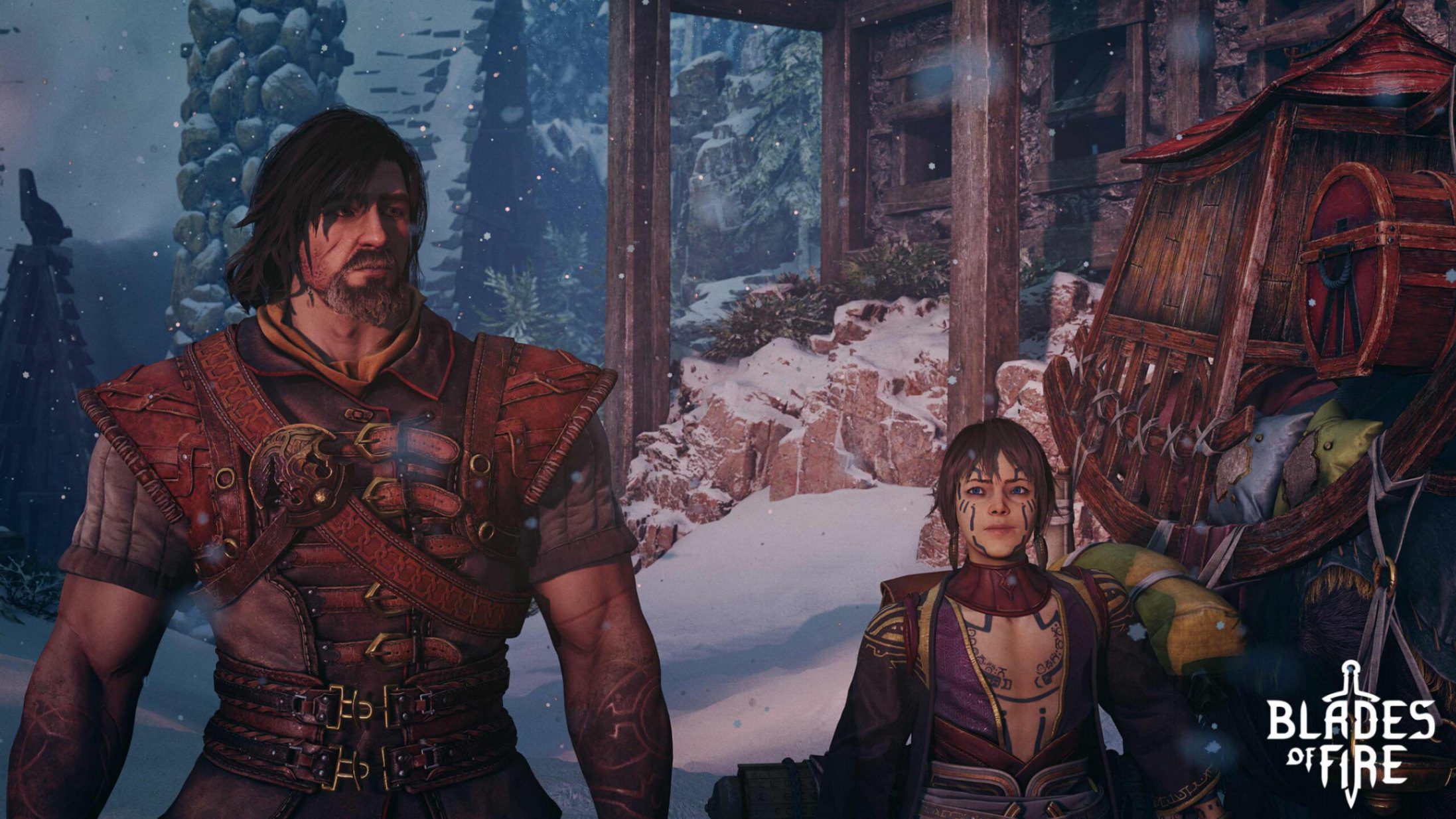
Conclusion
In conclusion, diving into the world of Blades of Fire can be both exhilarating and overwhelming for beginners. By understanding the core mechanics, choosing the right character class, and mastering combat strategies, you’ll find yourself becoming more adept at navigating its challenges. Don’t forget to manage your resources wisely and upgrade your weapons for maximum effectiveness. Each element plays a crucial role in enhancing your gameplay experience. As you embark on this adventure, remember that practice makes perfect, and there’s always more to learn. So gear up, explore the vast landscapes, and enjoy every moment of your journey in Blades of Fire! Happy gaming!
Frequently Asked Questions
Can you play Blades of Fire solo or co-op?
Blades of Fire is a strictly solo experience. There are no multiplayer or co-op modes available. The entire game, available on Xbox Series X|S, PlayStation 5, and PC, is designed to be a challenging single-player journey where you must rely on your own skills.
What are the best ways to level up quickly in Blades of Fire?
You don’t level up in a traditional sense. To get stronger, focus on mastering the combat system and becoming a master forger. Improve your fighting style by unlocking new weapon blueprints, upgrade your health and stamina by exploring, and manage your inventory to craft better gear.
